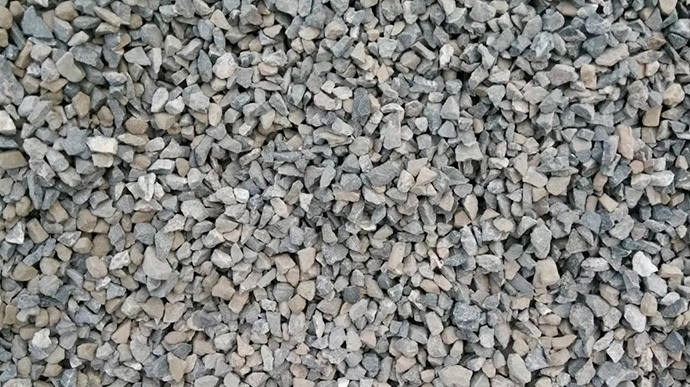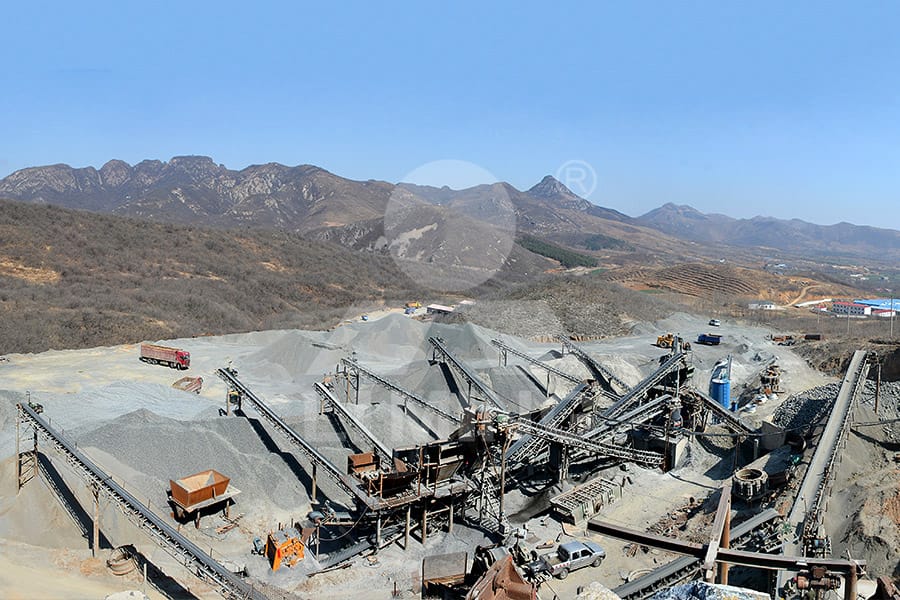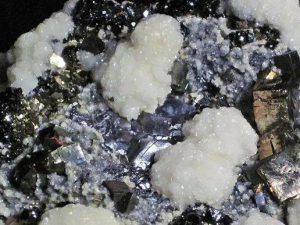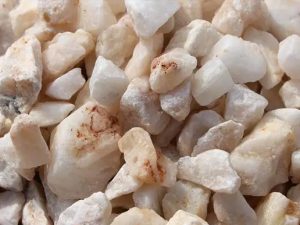
Aggregate crushers and processing systems are indispensable in modern construction, mining, and infrastructure projects. These machines transform raw materials like limestone, granite, and quartz into high-quality aggregates for concrete, roads, and buildings. Here’s an in-depth look at their functionality, benefits, and applications.
1. Types of Aggregate Crushers
Jaw Crushers: Ideal for primary crushing, these machines handle large rocks with high compression strength, commonly used in mining and quarrying.
Cone Crushers: Perfect for secondary crushing, they produce uniformly shaped aggregates by compressing materials between a rotating mantle and concave.
Impact Crushers: Suited for softer materials like limestone, they deliver high reduction ratios and cubic-shaped outputs, essential for construction-grade aggregates.
Mobile Crushing Plants: Wheeled or tracked units offer flexibility for on-site processing, reducing transportation costs and enabling real-time adjustments.
2. Key Processing Stages
Crushing: Raw materials are reduced to smaller sizes using primary and secondary crushers.
Screening: Vibrating screens separate aggregates by size to meet project specifications.
Washing: Removes impurities (e.g., dust, clay) to enhance material quality .
Quality Control: Advanced technologies like real-time monitoring ensure consistency and compliance with standards .

3. Advantages of Modern Systems
High Productivity: Equipment like the FAST-designed mobile crushers achieves 60–200 TPH outputs, ideal for large-scale projects .
Durability: Components like high-manganese steel jaws and impact plates extend operational life, even in abrasive environments.
Sustainability: Energy-efficient designs and closed-loop water systems minimize environmental impact.
4. Applications Across Industries
Mining: Processes ores and minerals into usable materials.
Construction: Produces base materials for roads, bridges, and buildings.
Recycling: Converts demolition waste into reusable aggregates, reducing landfill dependency.
5. Choosing the Right Equipment
Consider factors like material hardness, required output size, and mobility.
For instance:
Limestone: Opt for impact crushers for finer particles.
Granite/Quartz: Use jaw or cone crushers for high compressive strength.
Remote Sites: Mobile plants with PLC controls ensure adaptability and ease of operation.
Conclusion
Aggregate crushers and processing systems are the backbone of resource-driven industries. By leveraging advanced machinery and optimized workflows, businesses can achieve cost efficiency, superior product quality, and sustainable operations. For tailor-made solutions, please contact us online - LIMINING is a professional crusher manufacturer.



